Understanding tonal range in photography can be the last thing on a photographers mind.
As we progress on our particular paths, there can be times when even the most mindful of us take some things for granted. The simple elements are sometimes overlooked first – such as a sloppy tripod setup or assuming our cameras settings are where we last left them.
In the same vein, the steadfast technical concepts of our photo work are misunderstood, misinterpreted or worse – completely forgotten. This malady spans every level of skill and afflicts both pros and hobbyists alike.
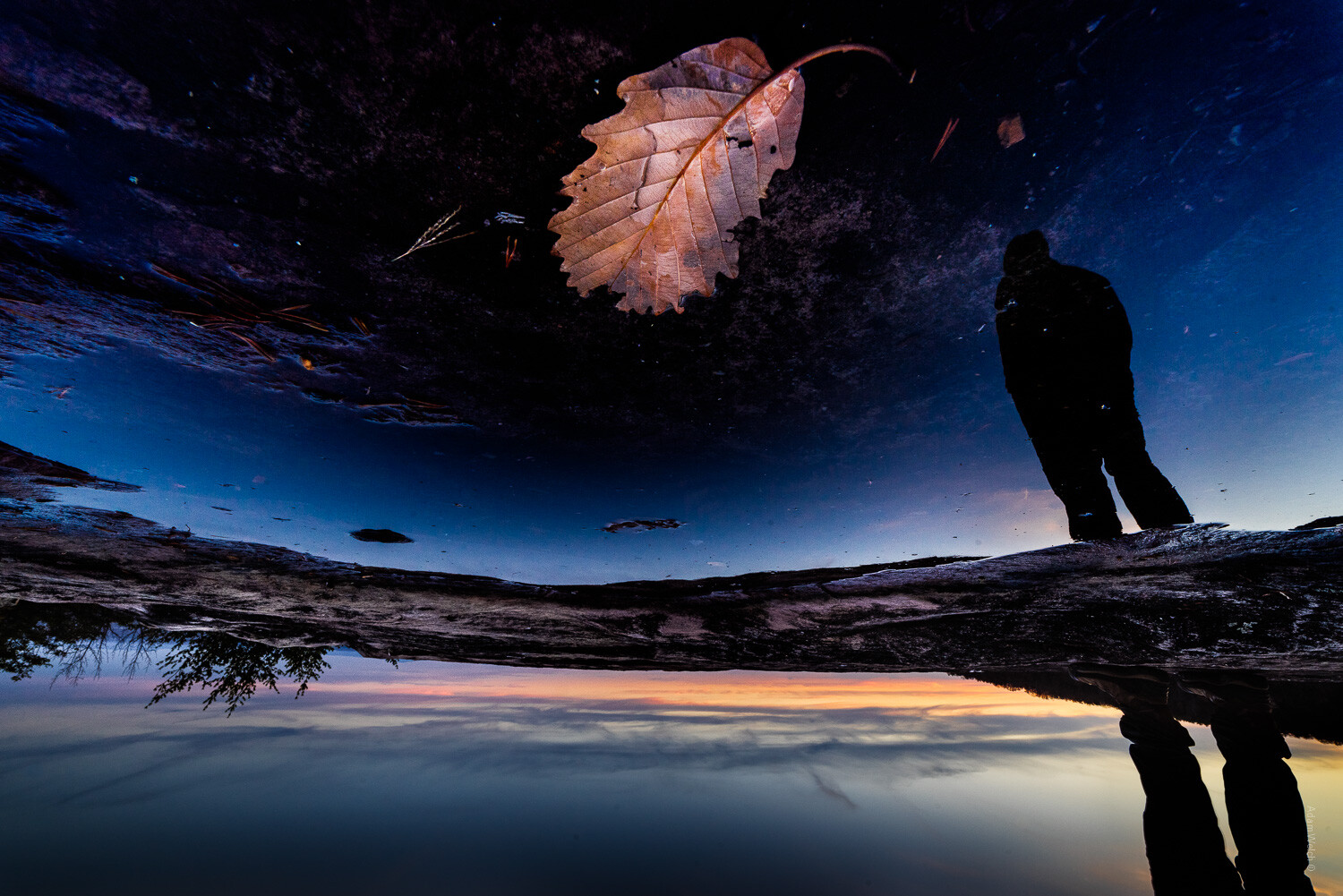
Take as an example the most basic building block of any photograph; light. In our weirdly flexible digital age of post-processing, we can sometimes forget what is happening with the luminance values of our images.
Our photographs are displays of contrast between light and dark, but the distance between the two are virtually limitless.
A Brief Word on Tonal Range
All that we’re talking about here today is the measure of brightness from complete dark to complete light. The range between the different brightness levels within our photos determines its degree of contrast. Take a look at this tonal scale:

We move from complete darkness on the left (black) to complete light (whites) on the right. This scale applies for both color and black and white photographs. Now, let’s talk about each of these values and how they relate to your photography.
Highlights
Traditionally, I’ve always thought of highlights as the brightest portions of an image, which is not the case. At least not the case to the utmost extent. In truth, highlights can be considered the areas of a photograph which consist of high luminance values yet still contain discernible detail. Here’s an example of highlight luminance values:

Notice that even though these areas are bright, there is still some discernible texture and detail to be made out within the bright spots. If we were to increase the exposure, in camera or with post-processing, it would become so bright that it would lose detail entirely, which brings us to our next point.
Whites
If we increase the brightness to the extent that our highlights become ‘blown out’ (where details are invisible), we have complete white.
Even if the white area doesn’t appear white, it may be considered a total ‘white area’ due to the lack of detail. The following is an example of luminance considered total white:

Depending on your photograph, it may or may not be desirable to push the exposure to the point of white-out. We’ll talk more about this as we discuss the relevance of tonal range in regards to constructing your images.
Midtones
A mid-tone is precisely that – all luminance values that are not dark or light are considered to be mid-tones. Most of the time our camera meter will attempt to expose for this average brightness when in ‘Automatic Mode.’

While mid-tones help to ensure much information is contained in an image, a photograph consisting of only mid-tones lacks dynamics.
Shadows
Areas that appear as shadows are closely related to highlights albeit in the opposite direction. Shadows are the areas of a photo that are dark but still retain a level of detail.
The above photo is a perfect example of more information in the shadow areas, so let’s use it one more time:

These darker areas still possess information seen by the viewer. However, if we darken them to the point where that detail gets lost or ‘burnt out,’ then…you guessed it, they become a completely black luminance value.
Blacks
Any portion a photograph that has zero luminance is considered to be black. Much like the complete white areas earlier, these points within our images don’t have to be utterly devoid of color to be regarded as pure black.
Let’s look at some shadows that are completely burnt out and retain no detail whatsoever:

Completely black areas are so dark that you can see nothing. Consider them the ‘dark abyss’ within a photograph. Having these areas within your image isn’t necessarily a bad thing, so let’s talk about that now.
Luminance Values and You
If you ever open a conversation among a group of photographers about the suitability of brightness levels within a photograph, you’d see that the schism is split. Some photographers feel that images should contain no areas of complete black or complete white – that all portions of the photograph should present some level of detail for the viewer.

Still, others contend that it’s perfectly fine to either burn or blow out some luminance values for the sake of contrast. Doing this means that there is an area of complete black and complete white so that all the other luminance values fall somewhere between those two absolutes.
While it’s true that it is often desirable to deliver the maximum amount of visual information to your audience, this is not always the case. There are times when a crushed and burnt out shadow or a super-bright highlight are just what you need to bring a photograph home.

Final Thoughts
I’m happy to profess my opinion that there is no such thing as a set technique for each photograph you make. It might seem like a simple thing to remember, but it’s easy to overlook the importance of how different levels of brightness affect an image. Let’s take a quick run back through what we’ve learned about luminance values:
- Highlights – Bright areas within a photo that still maintain detail
- Whites – Areas of extreme brightness where there is absolutely no information(detail) remaining
- Midtones – These are neither shadows or highlights but rather a middle value of luminance
- Shadows – Darker areas of the image that still maintain detail
- Blacks – Completely ‘burnt out’ portions of a photo that contains absolutely no detail
Like most concepts in photography, it’s essential to have a full understanding of the tonal range falling within your photos. You should use this knowledge to strive for technical excellence and also so you know when to break the rules in favor of fulfilling your creative vision.
How do you make use of tonal range in your images? Share with us your thoughts and images in the comments below.
The post Understanding Tonal Range in Photography appeared first on Digital Photography School.

Digital Photography School














































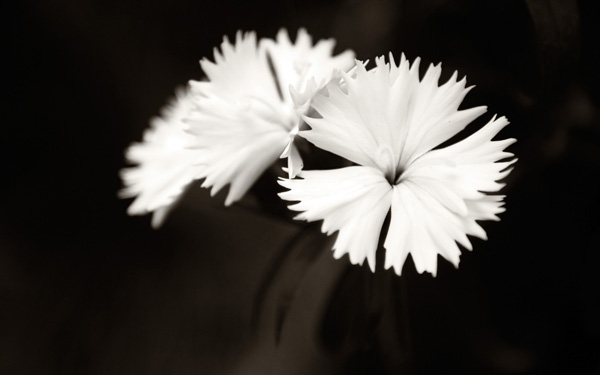
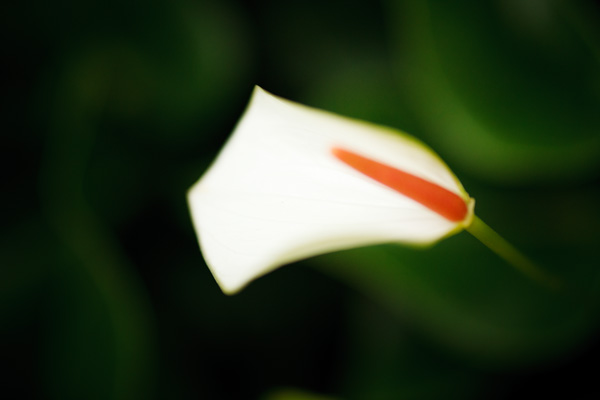


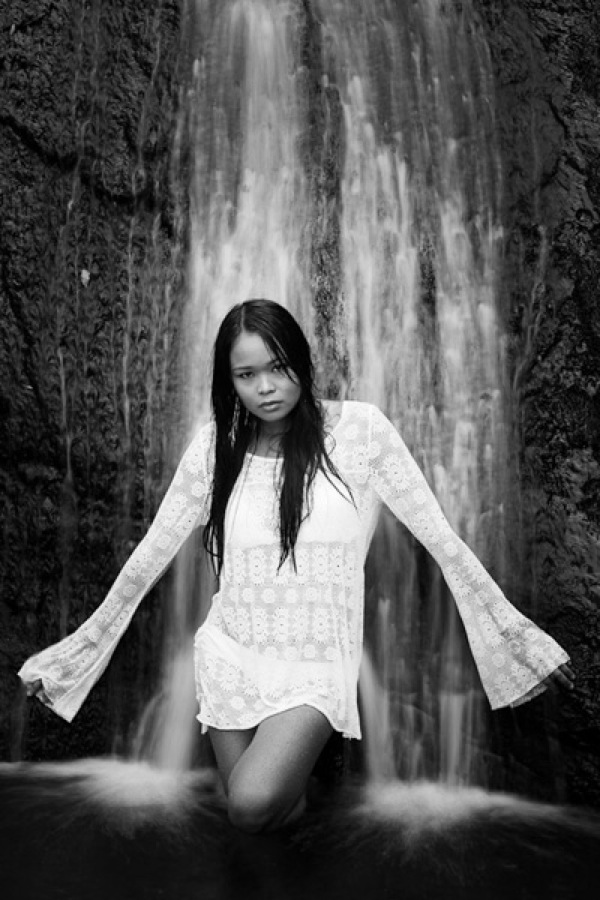
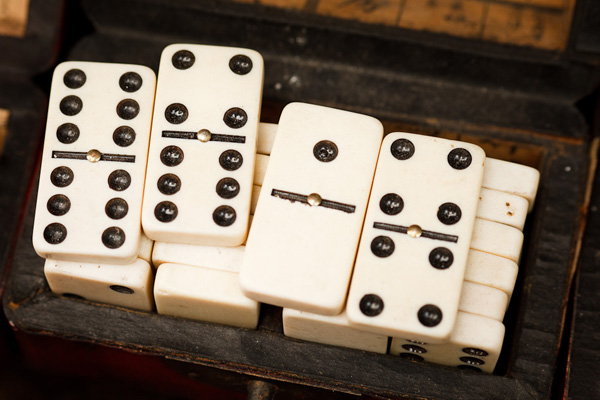

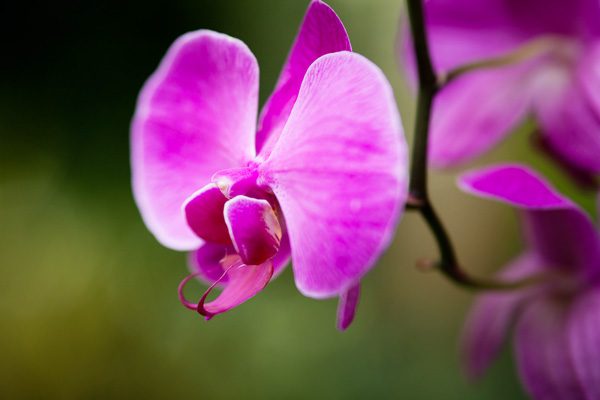
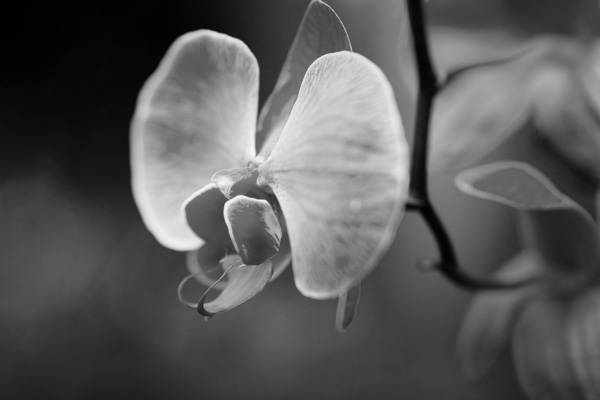
You must be logged in to post a comment.